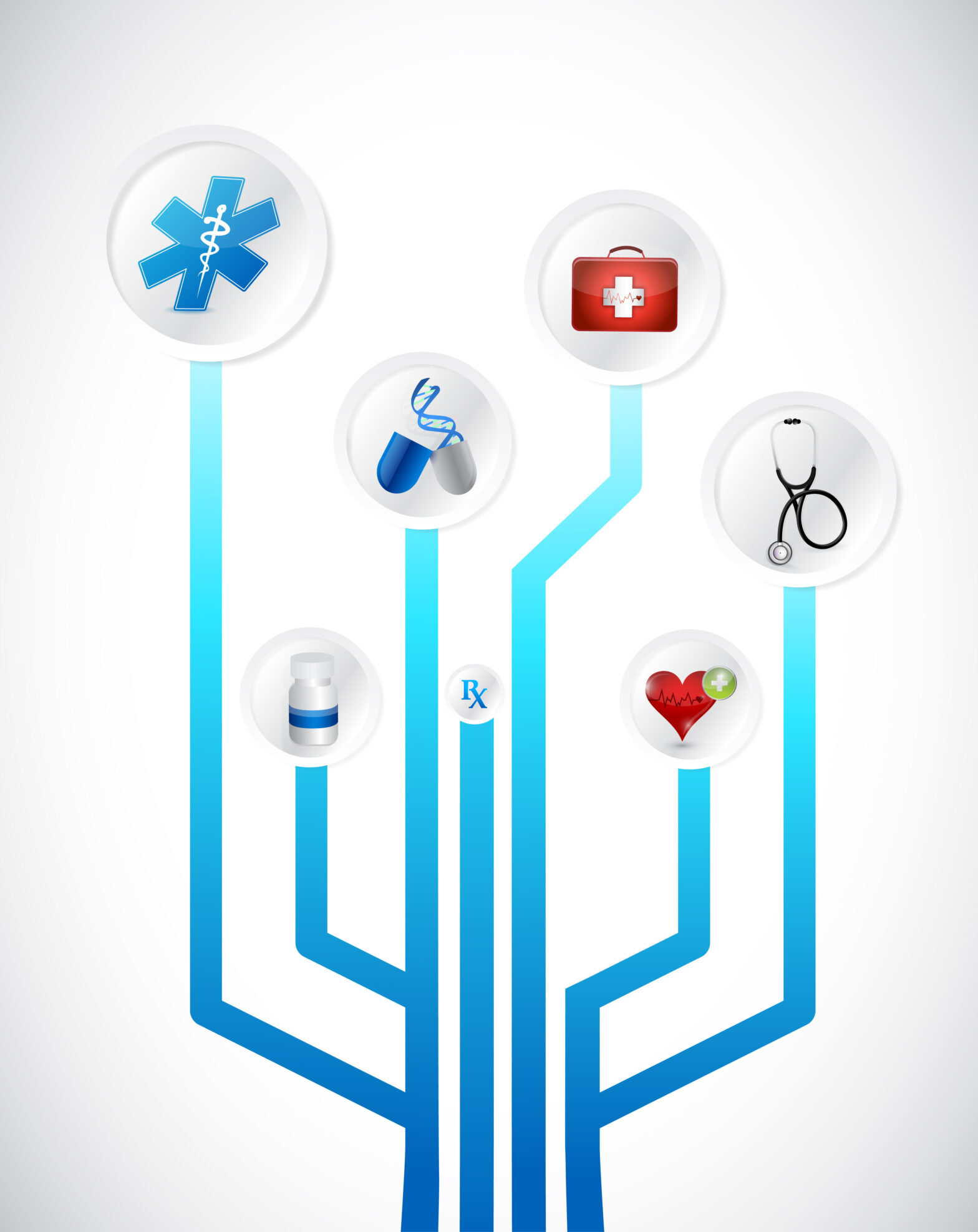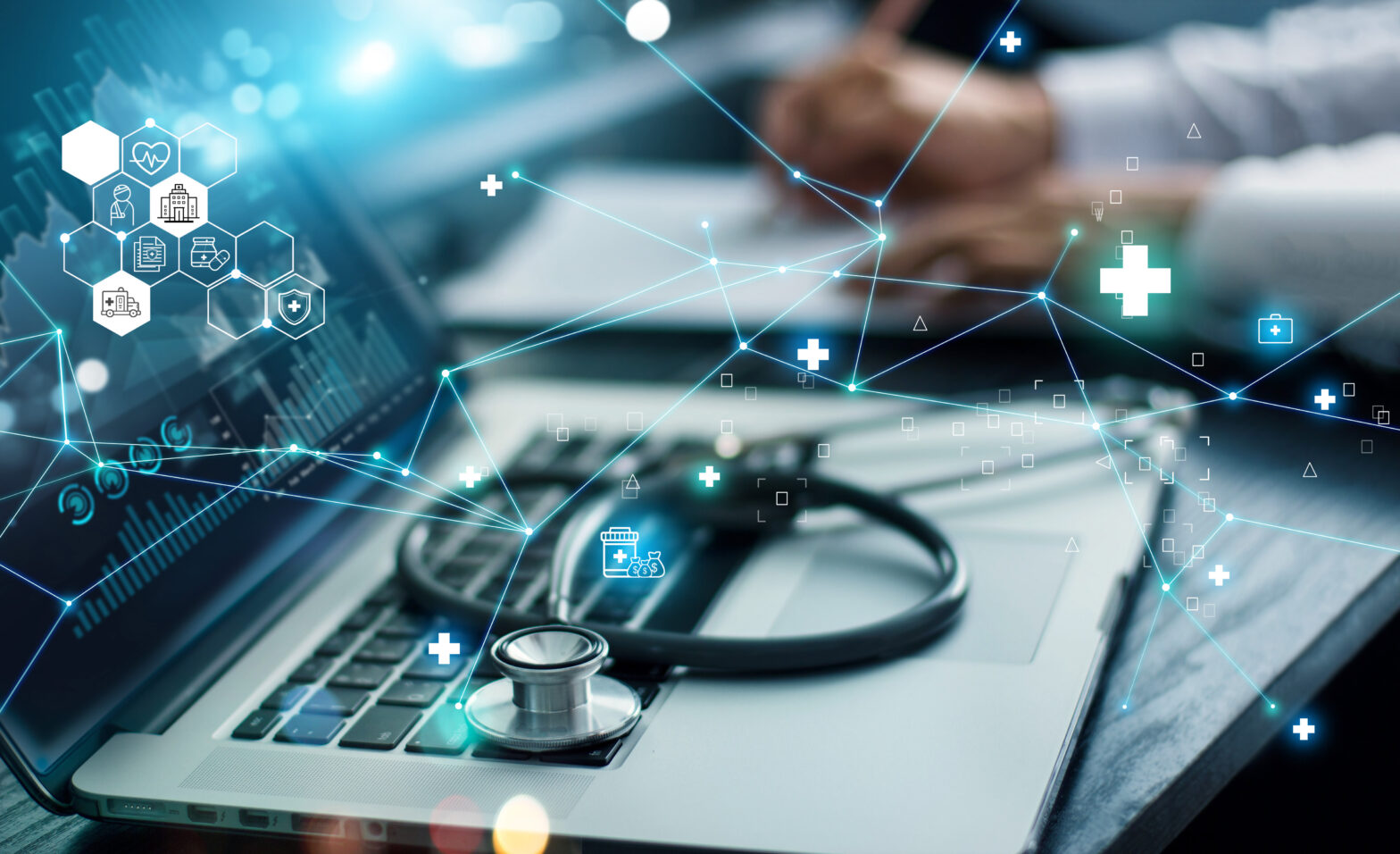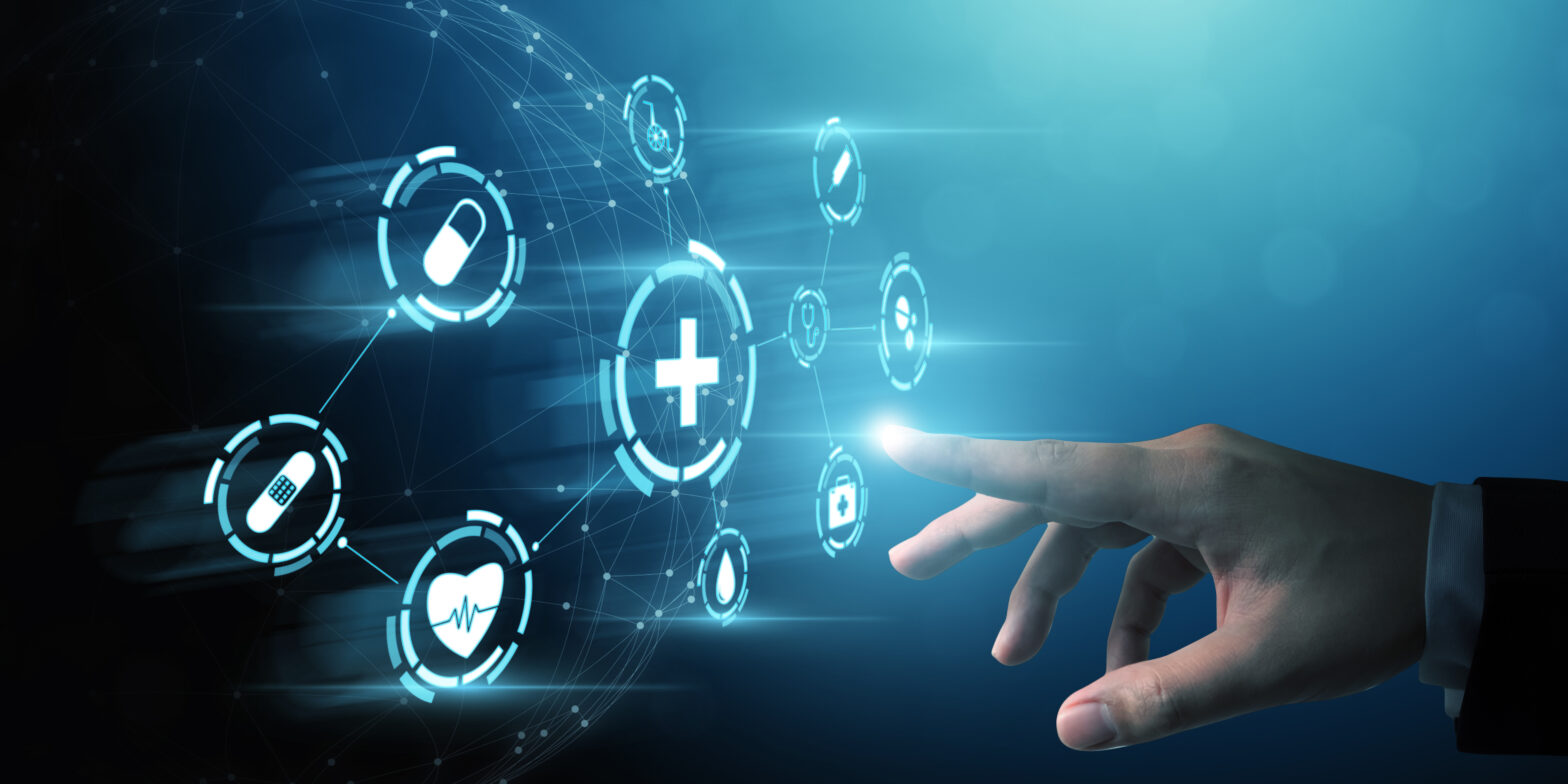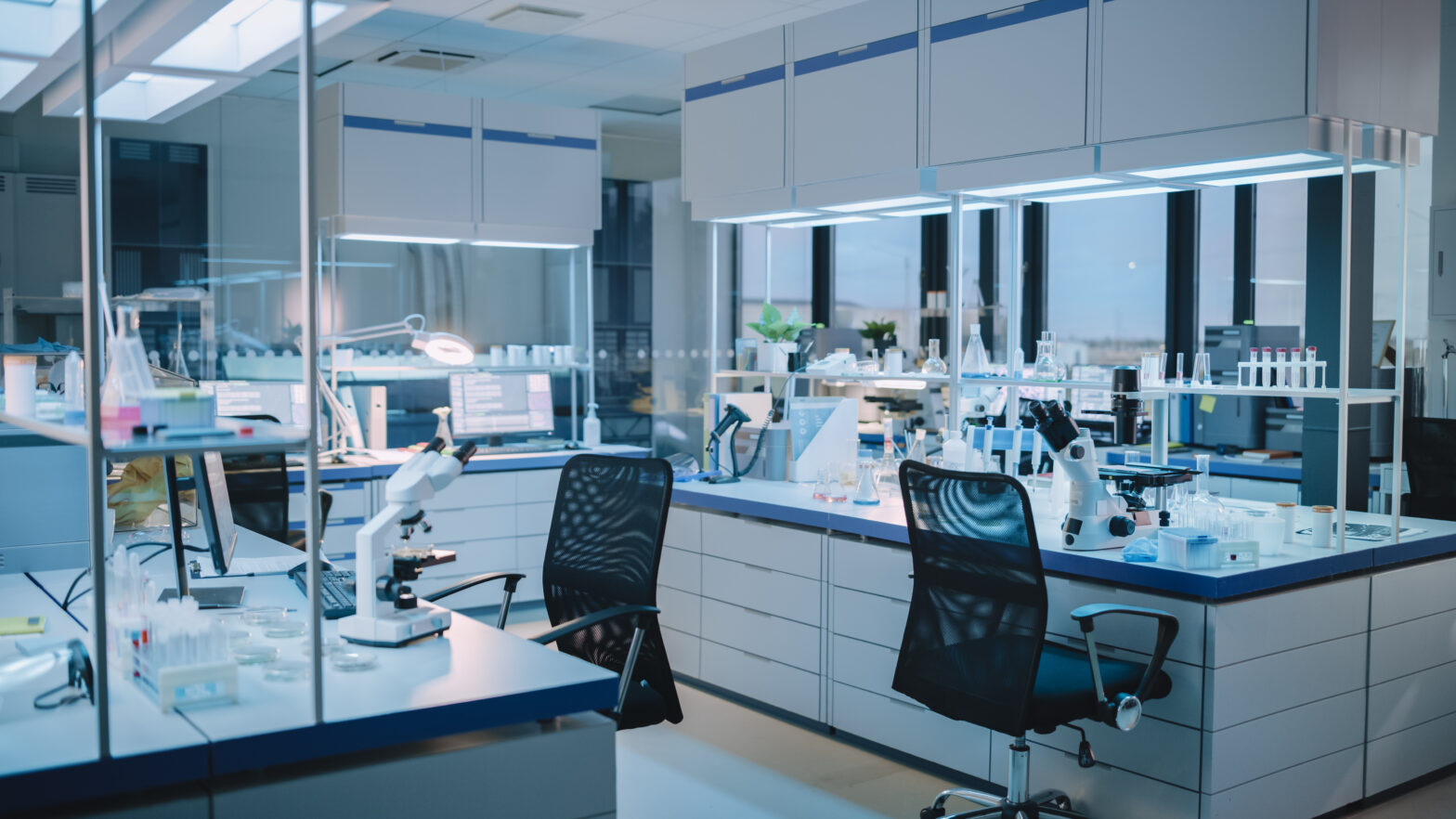Technology can, on occasion, be hyped. Gartner even has a methodology for it: The Hype Cycle. But when it comes to the hot topic of now, the Internet of Things (IoT), all talk is justified: IoT will transform the way people work across many sectors, especially in UK healthcare.
In fact, the National Health Service (NHS) is already starting to embrace the benefits of IoT with its Test Bed programme. This trial, announced last year, will see health workers use and evaluate interconnected devices which will help their patients to monitor their medical conditions in the home.
In the healthcare field, IoT describes an environment where smart labels (e.g. barcodes and radio-frequency identification (RFID) tags) and sensors fixed to objects, and linked to the internet, give those objects a digital voice.
>See also: How digital health could revolutionise the mental healthcare system
Sensors and barcodes can be attached to pretty much any item – clinicians, patients, vehicles, equipment, medicines – and with these items transmitting streams of data, for example with their location, insight is provided about every corner of the hospital, in real time.
Estate-wide tracking technologies will be the future of tracking assets across a hospital campus – what can be referred to as enterprise asset intelligence.
Real-time locating systems (RTLS), RFID and other location technology all offer solutions to meet this challenge, but hospitals must always take into consideration the wireless system needs and the availability of suitable bandwidth before adding services.
Data: the currency of improvement
IoT collects data from across your operations: data that can become the currency of improvement. Big data systems can be used to uncover trends, while healthcare professionals can continually revise workflows and even isolate ways to improve diagnosis, care, and treatment.
Better ways of working
Technology also has the potential to bring care right to the hospital bedside and significantly improve patient outcomes. There are two aspects to this – taking treatment to the bedside can help reduce medical errors by reducing mismatched care and patient misidentification; and taking care to the bedside can also reduce the ‘walk time’ of clinicians and enable more time to be spent on care rather than on patient administration.
>See also: Transforming healthcare with tech
This can be termed as visibility that’s visionary. It allows people to rethink the way they work in healthcare. Many healthcare processes are based around manual workflows: workflows that involve paper records and manually entering data using keyboards.
In high-pressure environments, this creates the scope for error and, with 98,000 deaths in the US alone attributed to medication errors, IoT offers safer and better ways of working. Here are three examples:
Medication management
Consider a nurse giving medication to a patient. At the patient’s bedside they can use a mobile computer to scan the patient’s ID bracelet. This will confirm the patient’s name, date of birth, which the nurse can verify verbally, and bring up their medical record.
The computer will provide a guided workflow with any instructions for administering the drug, underpinning the 5 Rights of Medicine Administration. The nurse can also scan the barcode on the drug packet to cross check that the patient has no allergy to it.
The computer is then used to confirm that the medication has been taken, with a note auto-created on the patient’s electronic health record including the drug, time, date, and ID of the nurse.
The critical hour
In critical cases time is of the essence. For example, with angioplasty surgery the goal might be to have the patient operated on within 60 minutes. By giving the patient a wristband with a barcode tag – which confirms their ID – the wristband can be scanned as the patient moves through treatment phases.
If their progress slows, alarms can be automatically raised with senior clinicians who can intervene.
Wrong blood in the tube
Despite everyone’s best efforts, mistakes happen when taking blood in busy wards. By using mobile computers and printers, these critical errors can be avoided. Nurses can use mobile computers to view what tests are needed, scan a patient’s wristbands to confirm their ID, be guided through the blood collection process, and print barcode labels that are fixed to the sample.
>See also: How big data is transforming healthcare
All of this takes place at the bedside, which everyone knows is vital to ensure that errors are avoided. The barcode ensures that the vial is always identified correctly and it can be tracked across the sample workflow – from the ward, to transit to the lab, and then into the lab itself. One patient, one sample, one label and no mistakes.
The future
IoT is Zebra technologies number one prescription to advance the way clinicians work, to support them with more intuitive technology and deliver critical intelligence needed to enhance patient care.
In the future, IoT will advance healthcare whilst driving operational efficiencies: from always knowing where your teams are in hospitals to ensuring they can reach a critical patient quickly, to tracking every piece of equipment and holding the right amount of pharmacy stock.
Sourced by Wayne Miller, director, EMEA healthcare practice at Zebra Technologies










